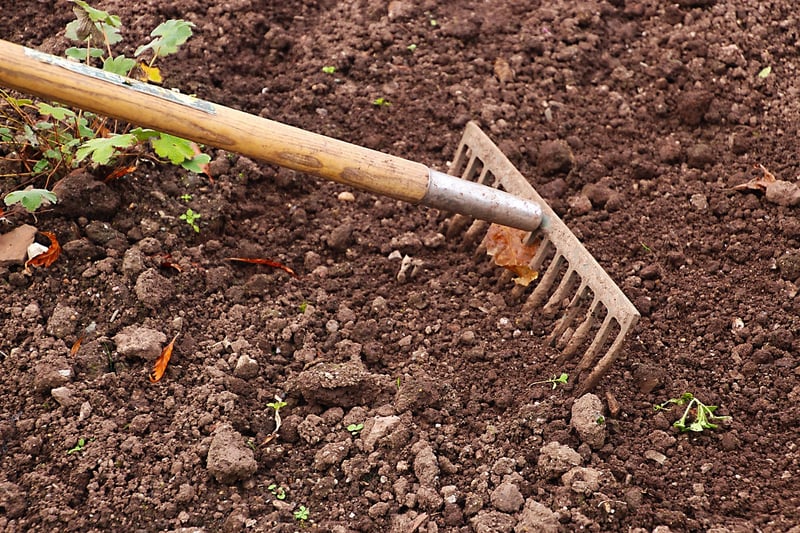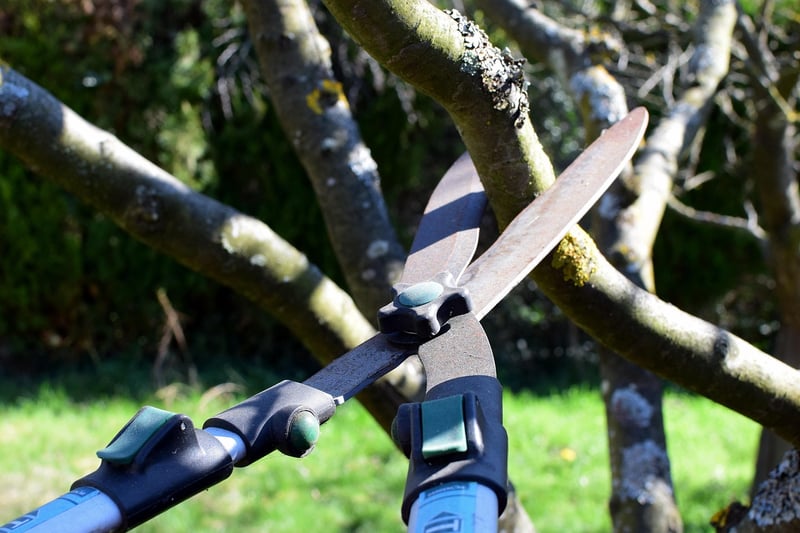Pruning Techniques
Keep Your Garden Thriving with Proper Pruning Techniques
Pruning is an essential aspect of garden maintenance that can help your plants thrive and stay healthy. By removing dead or overgrown branches, you can promote growth, enhance flowering, and maintain the overall shape of your plants. Here are some tips and techniques to ensure your garden remains lush and vibrant:
1. Choose the Right Tools
Before you start pruning, make sure you have the right tools for the job. Invest in a good pair of pruning shears for smaller branches, loppers for thicker branches, and a pruning saw for large limbs.
2. Timing is Key
It's important to prune your plants at the right time to avoid damaging them. Generally, it's best to prune flowering shrubs right after they bloom, while winter is a good time to prune deciduous trees.
3. Remove Dead or Diseased Branches
Dead or diseased branches can attract pests and inhibit growth. Be sure to remove these branches to keep your plants healthy and prevent the spread of disease.
4. Prune for Shape and Structure
Pruning can help maintain the shape and structure of your plants. Remove any crossing or overcrowded branches to improve air circulation and promote healthy growth.
5. Don't Overprune
While pruning is beneficial, it's important not to overdo it. Avoid removing more than one-third of the plant's growth in a single pruning session to prevent stress and damage.
6. Clean Your Tools
After each use, make sure to clean and sanitize your pruning tools to prevent the spread of diseases between plants. A simple solution of water and bleach can help disinfect your tools effectively.
By following these pruning techniques, you can keep your garden looking its best and promote the health and growth of your plants. Remember to always prune with care and attention to ensure the best results for your garden.

For more gardening tips and tricks, check out our gardening website.
